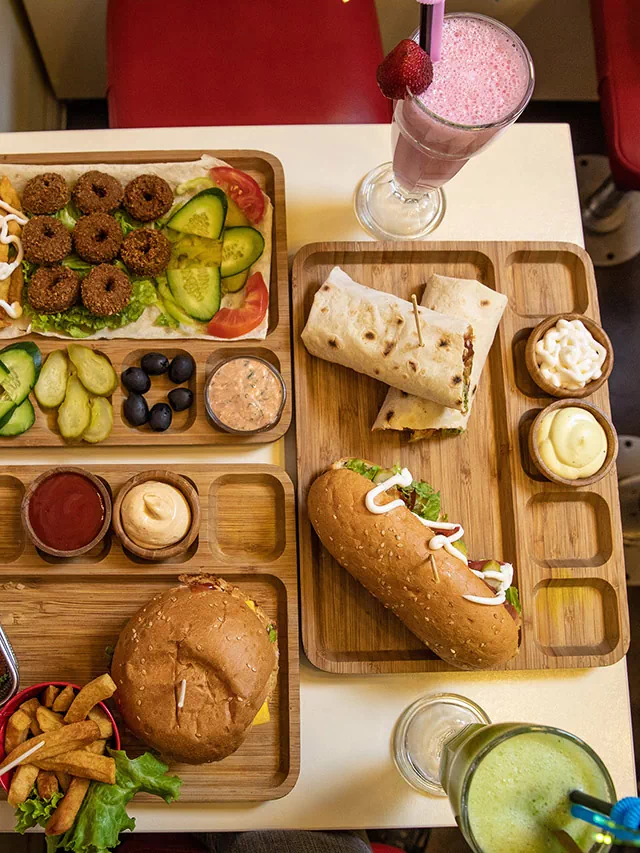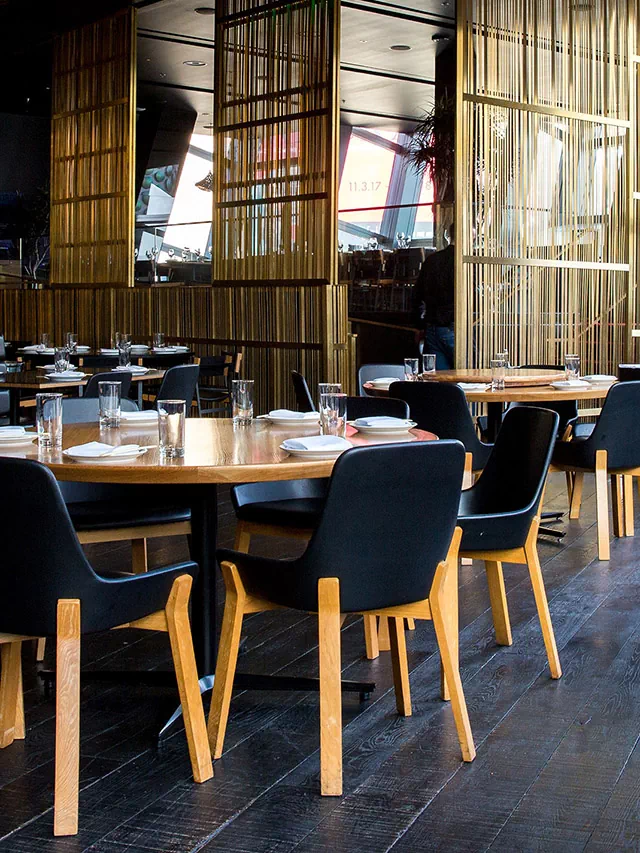Ethnic cuisine refers to the traditional or regional culinary practices and cooking techniques of a particular culture, group, or region. It involves the use of unique and often locally sourced ingredients, spices, herbs, and cooking methods that reflect the cultural heritage and history of the people who developed them. Ethnic cuisine can vary widely, depending on the geography, climate, and natural resources of the region, as well as the influences of neighboring cultures or historical events. Ethnic cuisines are often an important part of a culture’s identity and are passed down through generations, making them an integral part of a community’s social and cultural fabric. Today, ethnic cuisines are often enjoyed and appreciated by people around the world, as they offer an opportunity to experience the flavors and traditions of different cultures.
There are many different types of ethnic cuisines from around the world. Here are some examples:
- Asian Cuisine: Asian cuisine includes a wide range of dishes from countries such as China, Japan, Thailand, Vietnam, and Korea. These cuisines often feature rice, noodles, vegetables, and seafood, as well as a variety of spices and flavors.
- Mediterranean Cuisine: Mediterranean cuisine includes dishes from countries such as Greece, Italy, Spain, and Turkey. These cuisines are characterized by the use of olive oil, herbs, and spices, as well as fresh vegetables and seafood.
- Middle Eastern Cuisine: Middle Eastern cuisine includes dishes from countries such as Lebanon, Syria, Israel, and Iran. These cuisines are characterized by the use of spices such as cumin, coriander, and cardamom, as well as grains like bulgur and couscous.
- African Cuisine: African cuisine includes dishes from countries such as Ethiopia, Morocco, and Nigeria. These cuisines often feature stews, curries, and grilled meats, as well as unique ingredients such as plantains, yams, and okra.
- Latin American Cuisine: Latin American cuisine includes dishes from countries such as Mexico, Peru, and Brazil. These cuisines often feature spicy flavors and use ingredients such as corn, beans, and chilies, as well as fresh herbs like cilantro and parsley.
- European Cuisine: European cuisine includes dishes from countries such as France, Germany, and England. These cuisines often feature meat, potatoes, and bread, as well as cheeses and wines that are unique to each region.
- Indian Cuisine: Indian cuisine includes dishes from different regions of India, each with their own distinct flavors and ingredients. Indian cuisine often features rice, lentils, and a variety of spices and herbs, as well as vegetarian dishes like chana masala and palak paneer.
Indian cuisine is a diverse and vibrant cuisine that is known for its complex and flavorful dishes. Indian cuisine varies widely depending on the region, with each region having its own unique style and dishes. Some common ingredients in Indian cuisine include rice, lentils, chickpeas, potatoes, tomatoes, onions, garlic, ginger, and a variety of spices such as cumin, coriander, turmeric, and chili powder. Vegetarianism is common in India, and many traditional Indian dishes are vegetarian.
Some popular Indian dishes include:
- Butter chicken: A creamy tomato-based curry made with boneless chicken pieces and spices.
- Chana masala: A spicy dish made with chickpeas, onions, tomatoes, and a variety of spices.
- Palak paneer: A vegetarian dish made with spinach and paneer cheese.
- Biryani: A fragrant rice dish made with meat, vegetables, and spices.
- Samosas: A popular snack made with a crispy pastry shell filled with spiced potatoes, peas, and sometimes meat.
Indian cuisine is also known for its bread, with naan and roti being two popular types of Indian bread. Desserts such as kulfi (a type of ice cream) and gulab jamun (a sweet dumpling) are also popular in Indian cuisine. Overall, Indian cuisine is known for its bold and complex flavors, use of a variety of spices, and diverse range of vegetarian and non-vegetarian dishes. It is a cuisine that is beloved by many around the world.
Why is it important to know about different cuisines?
There are several reasons why it is important to know about different cuisines:
- Cultural Understanding: Understanding different cuisines can help promote cultural understanding and appreciation. Food is an important part of a culture’s identity, and by learning about the different cuisines from around the world, we can better understand the people and communities that developed them.
- Health Benefits: Different cuisines use different ingredients and cooking methods, which can have varying health benefits. By learning about different cuisines, we can discover new and healthy ways to eat and prepare food.
- Culinary Creativity: Learning about different cuisines can inspire culinary creativity and expand our taste preferences. Trying new dishes and ingredients can help us discover new flavors and combinations, which can lead to new and exciting culinary experiences.
- Travel and Exploration: Knowing about different cuisines can make traveling and exploring new places even more enjoyable. By knowing about local dishes and ingredients, we can experience the local culture in a more authentic and immersive way.
- Social Connections: Food often brings people together and can be a way to connect with others. By learning about different cuisines, we can share our knowledge and experiences with others, which can help us build social connections and relationships.
Overall, knowing about different cuisines can broaden our horizons, enrich our lives, and help us connect with people and cultures from around the world.
What are the 5 main types of cuisines?
There is no definitive answer to what are the five main types of cuisines, as it depends on factors such as cultural perspective, geographic region, and historical context. However, a commonly recognized classification is:
- Asian Cuisine: This cuisine encompasses a diverse range of dishes and cooking styles from countries such as China, Japan, Korea, Thailand, India, and Vietnam. Asian cuisine is often characterized by the use of rice, noodles, soy sauce, and a variety of herbs and spices.
- European Cuisine: This cuisine includes dishes from countries such as France, Italy, Spain, Germany, and the United Kingdom. European cuisine is known for its use of bread, cheese, wine, and meats such as beef, pork, and lamb.
- Middle Eastern Cuisine: This cuisine includes dishes from countries such as Lebanon, Iran, Israel, and Turkey. Middle Eastern cuisine is often characterized by the use of spices such as cumin, coriander, and turmeric, as well as grains such as bulgur and couscous.
- African Cuisine: This cuisine includes dishes from countries such as Ethiopia, Morocco, and Nigeria. African cuisine is known for its use of spices, stews, and grilled meats, as well as ingredients such as plantains, yams, and okra.
- Latin American Cuisine: This cuisine includes dishes from countries such as Mexico, Brazil, Peru, and Argentina. Latin American cuisine is often characterized by its use of corn, beans, chilies, and a variety of fresh herbs and spices.
It’s important to note that this classification is not exhaustive and there are many other types of cuisines that are just as important and diverse, such as Caribbean, Pacific Islander, and Indigenous cuisines.





